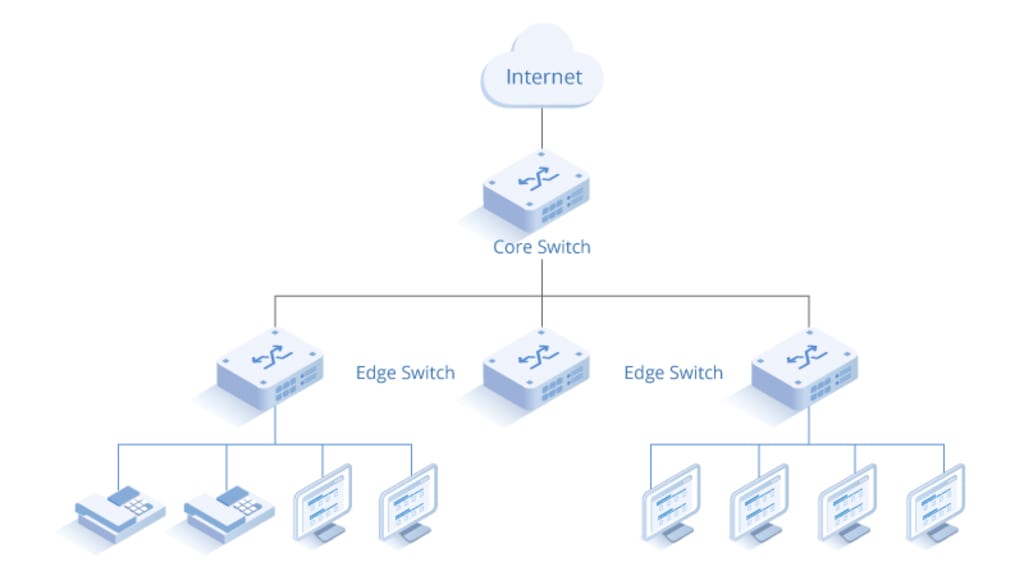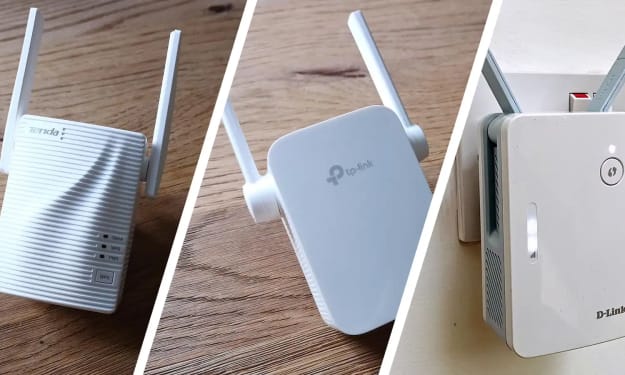
In the intricate landscape of networking, the choice between Switches a core switch and an edge switch plays a pivotal role in shaping the efficiency and functionality of a network. This exploration aims to demystify the roles, differences, and considerations that define core switches and edge switches, providing clarity for those tasked with designing and optimizing network infrastructures.
Decoding Core Switches and Edge Switches
Core Switch: The Backbone of the Network
At the heart of a network lies the core switch, a robust and high-capacity device responsible for efficiently routing data between different parts of the network. It serves as the central hub, connecting various segments and facilitating rapid data transfer at the core level. Core switches prioritize speed and reliability, making them instrumental in handling the substantial data traffic within an organization.
Edge Switch: Frontline Connectivity for End Devices
On the periphery of the network, edge switches take on the role of providing direct connectivity to end devices, such as computers, printers, and other peripherals. Unlike core switches, edge switches emphasize access and ease of connection, making them ideal for supporting the myriad devices that populate the network's edge. They often incorporate features like Power over Ethernet (PoE) to streamline connectivity and power delivery for devices like IP cameras and VoIP phones.
Differentiating Functions and Responsibilities
Traffic Handling:
Core switches focus on efficiently managing high-volume traffic between different network segments. Their design prioritizes speed and minimal latency, ensuring seamless communication between various departments or divisions within an organization. Edge switches, on the other hand, deal with localized traffic, connecting end devices and facilitating communication within specific areas of the network.
Capacity and Scalability:
Core switches boast high-capacity ports and are designed to handle substantial data loads. Scalability is a key consideration for core switches, anticipating the growing data demands of an expanding network. Edge switches, while offering scalability, are more tailored to the immediate needs of specific areas, ensuring efficient connectivity without unnecessary complexity.
Security Considerations:
Core switches often feature robust security measures, given their central role in managing critical data traffic. Security protocols and measures at the core are crucial for safeguarding sensitive information. Edge switches, while still implementing security features, focus more on providing secure access to end devices, with considerations for user authentication and access control.
Device Prioritization:
Core switches prioritize the efficient flow of data between network segments, ensuring that critical applications and services receive the necessary bandwidth. In contrast, edge switches prioritize the connectivity needs of individual devices, ensuring seamless access for end users without compromising network performance.
Considerations in Choosing Between Core and Edge Switches
Network Size and Complexity:
The size and complexity of a network influence the choice between core and edge switches. Larger networks with intricate architectures benefit from a dedicated core switch to manage the complexity efficiently. Smaller networks might find edge switches sufficient for their connectivity needs.
Data Handling Requirements:
The type of data and its handling requirements play a role in the decision-making process. Organizations dealing with massive data transfers, such as data centers or research institutions, may prioritize a robust core switch infrastructure. Businesses with a focus on end-user connectivity may lean towards edge switches.
Future Growth and Expansion:
Anticipating future growth is crucial in selecting the right switches. Core switches, designed for scalability, are well-suited for networks with expansion plans. Edge switches cater to immediate connectivity needs, making them suitable for smaller networks that may not foresee significant growth.
Where to Buy Core and Edge Switches?
Tailored Solutions for Varied Needs:
Computing Worlds recognizes that networking requirements vary across industries and organizations. With a commitment to providing tailored solutions, Computing Worlds offers a range of core and edge switches to meet diverse connectivity needs. The curated selection ensures that customers can choose switches aligned with their specific network demands.
Why Select Computing Worlds?
Computing Worlds stands out as a reliable source for networking solutions, providing not only a variety of core and edge switches but also expert guidance to help organizations make informed decisions. With a focus on quality, scalability, and customer satisfaction, Computing Worlds emerges as a trusted partner for navigating the complexities of network infrastructure.
About the Creator
Eva Adams
Writer || Social Writer || Copy Writer






Comments
There are no comments for this story
Be the first to respond and start the conversation.